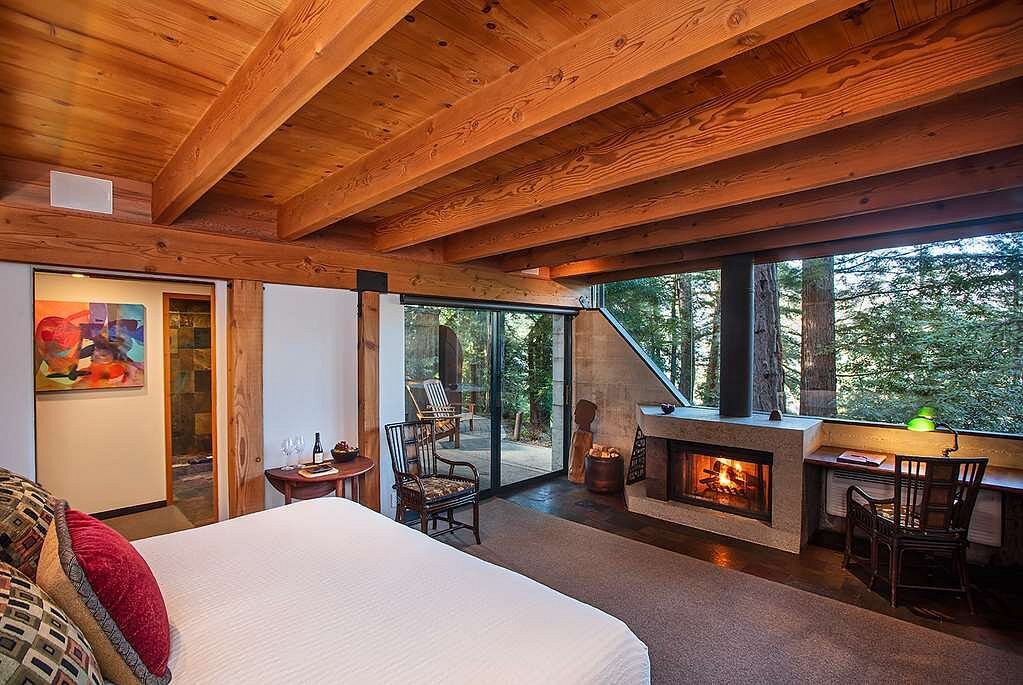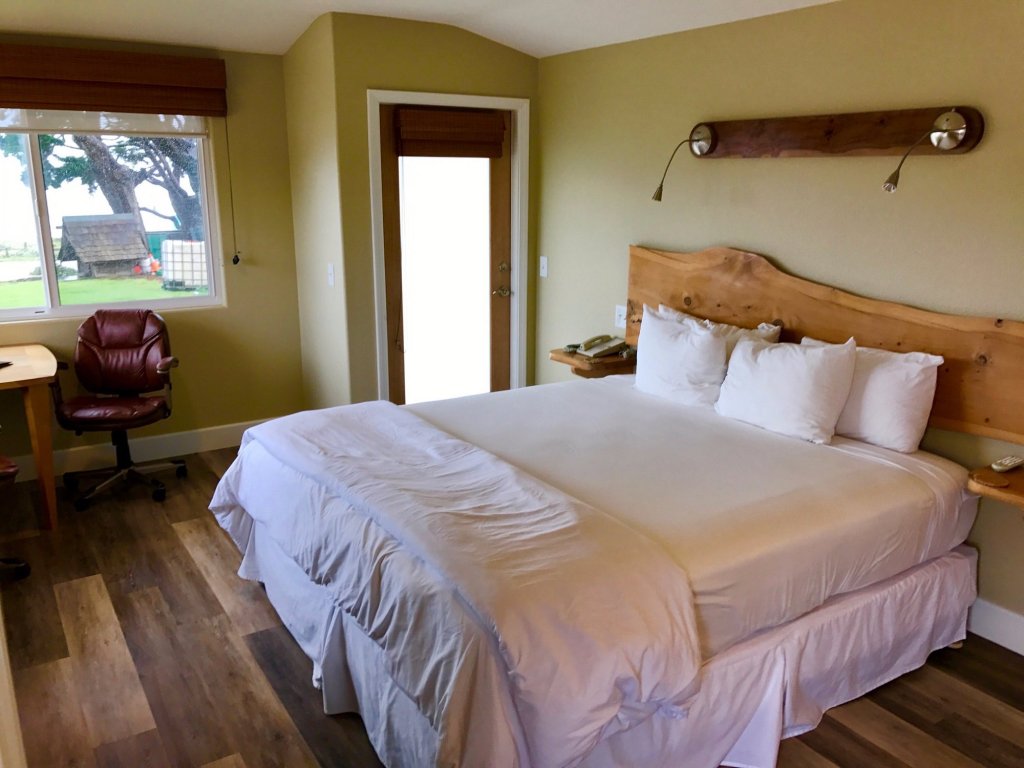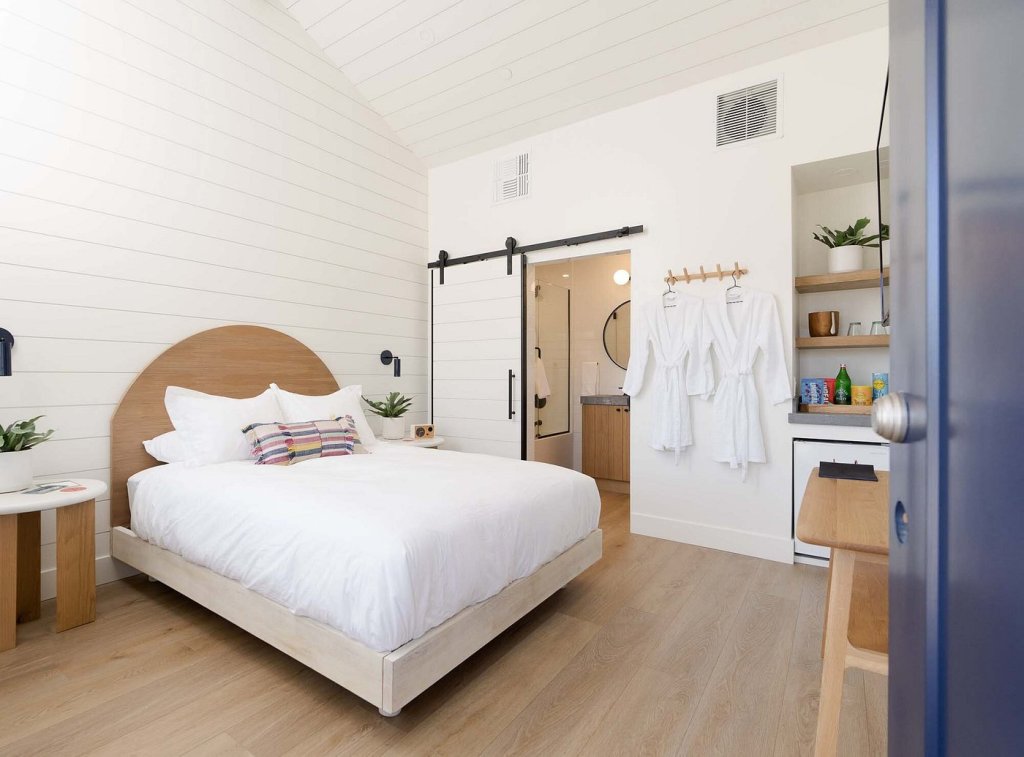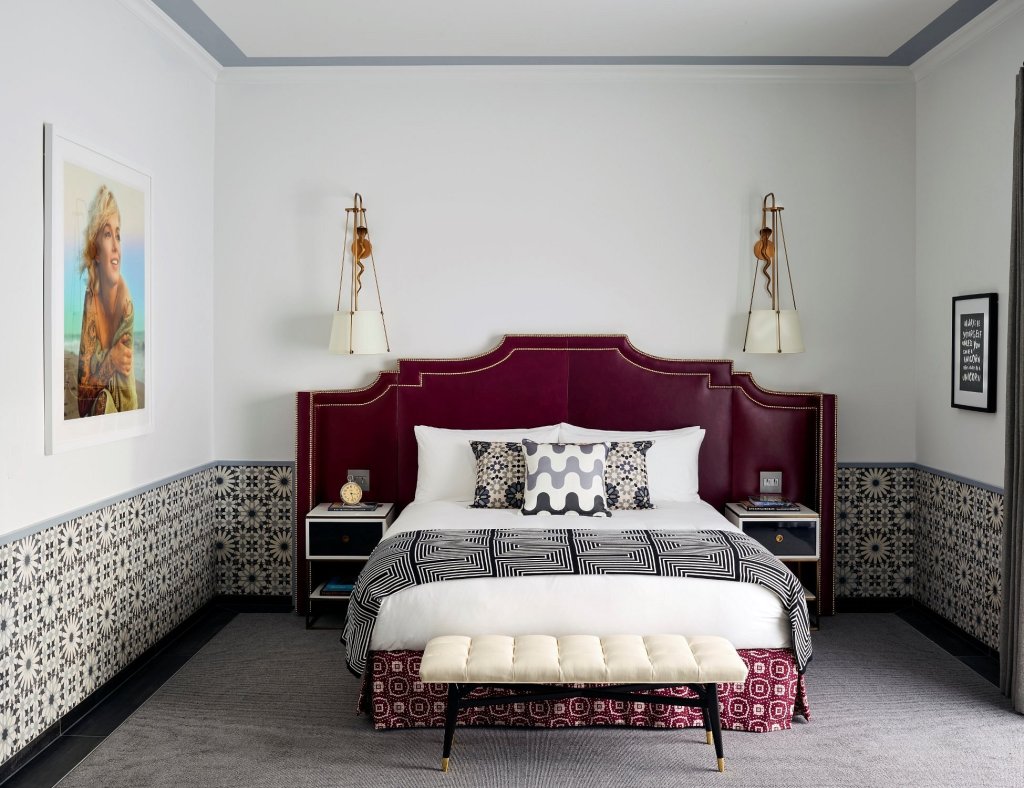Who doesn’t love a treehouse?
Whether or not you spent your childhood imagining the perfect treehouse escape, modern rentals are something special.
Treehouses have become a popular choice for travelers around the world. Thanks to private rental platforms like Airbnb and VRBO, it’s easier than ever for treehouse-keepers to host their stays online.
And, trust me, they’re worth booking.
In 2023, I stayed in the Gluba treehouse outside of Kristiansand, Norway. The stay was rustic, with limited water supplies, no electricity, and a compost toilet. (And a gas-powered stovetop.)
Despite the camping-style amenities, the treehouse was very well-made. The woodworking was impeccable, while the three bedrooms could have slept six comfortably. One even had a skylight so that those laying in bed could watch the stars.
Best of all, we were surrounded by sprawling forests and had access to a lake. Staying in the canopy made us feel even more immersed in Mother Nature.
My point is—though you might face a few tradeoffs for a true treehouse experience, they’re worth it. That’s doubly true when you’re in a magical place like Australia. After all, the Land Down Under is the perfect place for rugged, semi-mythical travel dreams.
Two bedroom Treehouse in 100 Acres of Private Land
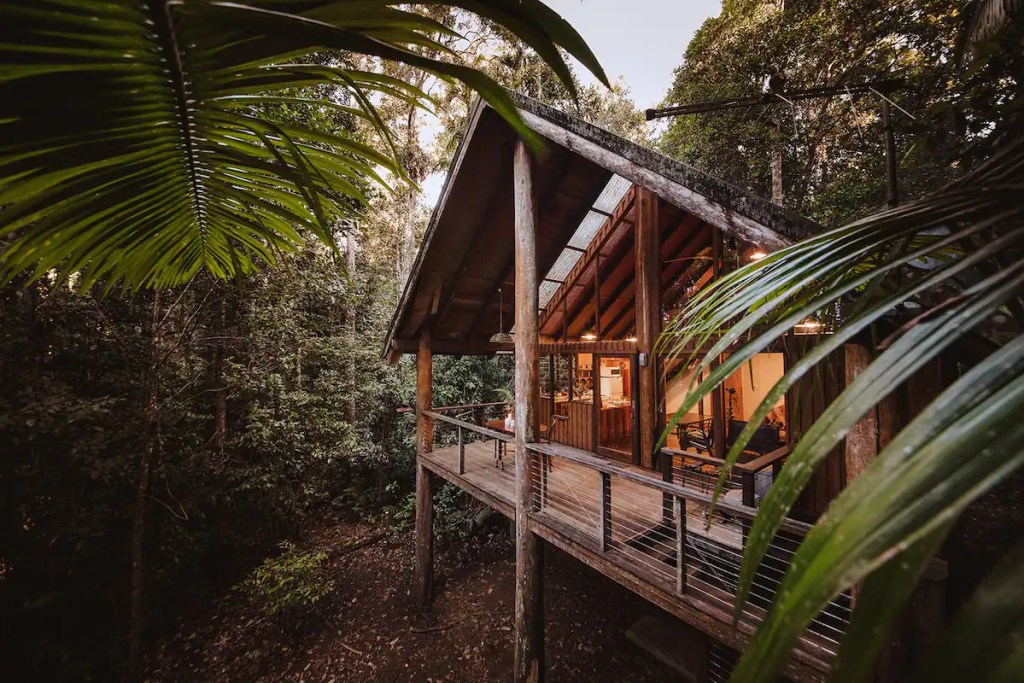
Tarzali, Queensland
This stilted construction closely resembles a treehouse, located high in the canopy of the Cairns Highland rainforest. (Yes, Australia has rainforests.)
Thanks to its location on over 100 private acres, guests are treated to plenty of wildlife sightings, from cassowaries to platypuses. Though I’d avoid the cassowaries at all costs, the platypus is apparently a common sighting in the creek out back.
Though this treehouse isn’t actually a treehouse, the interior includes plenty of dark wood features. These accents go a long way in making the stay feel more rustic and integrated into the jungle surroundings—all without compromising on features like a romantic jacuzzi.
The Hepburn Treehouse
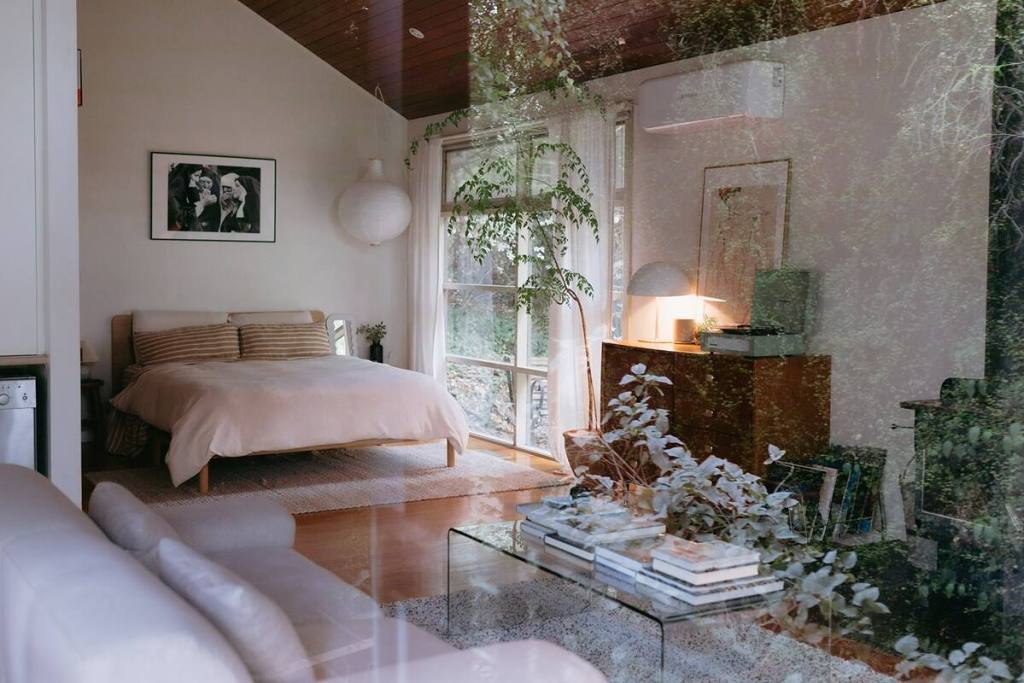
Hepburn Springs, Victoria
This unique stay combines the worlds of modern design and natural wonders. Like the last rental, this location isn’t technically a treehouse. The house is slightly stilted and surrounded by green-leafed trees, which gives it a feeling of being suspended in the canopy.
I think that factor makes the Hepburn Treehouse worth exploring. It has plenty of outdoor space to enjoy, too. There’s a canopy-covered porch, along with a forested view from the windows in the lounge. The potted plants throughout also feel like extensions of the surrounding forest, which I love.
River Room, Bellingen Treehouse
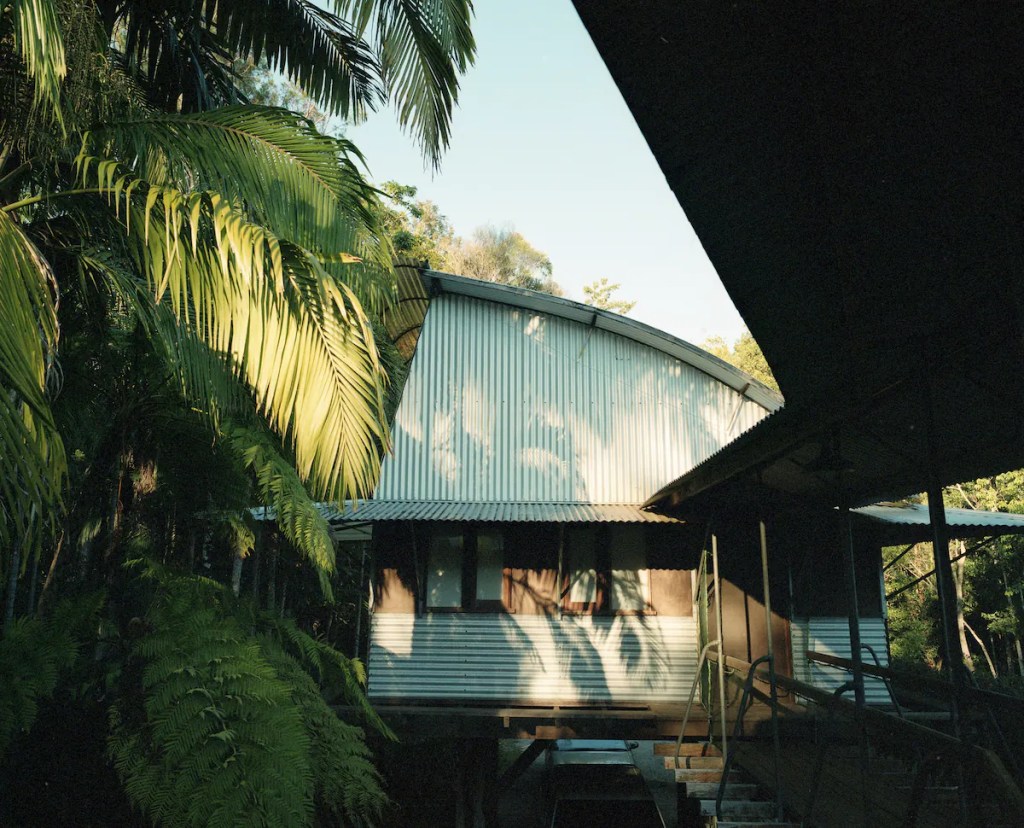
Gleniffer, New South Wales
I haven’t seen many rentals like the River Room. The building is situated on an incline, meaning half of it ‘hangs’ amongst the tall trees.
From the overhanging patio, guests can walk the plank (it’s appropriately sized, don’t worry) onto a wooden platform that’s suspended in the canopy amid the bright trees.
The uniqueness doesn’t stop there. The building has a slightly industrial design thanks to its corrugated metal exterior—which fits beautifully with the surrounding greenery along Never Never Creek.
It’s no surprise that the three-part house comes from a renowned Australian architect, Richard LePlastrier.
Secluded Magical Rainforest Retreat
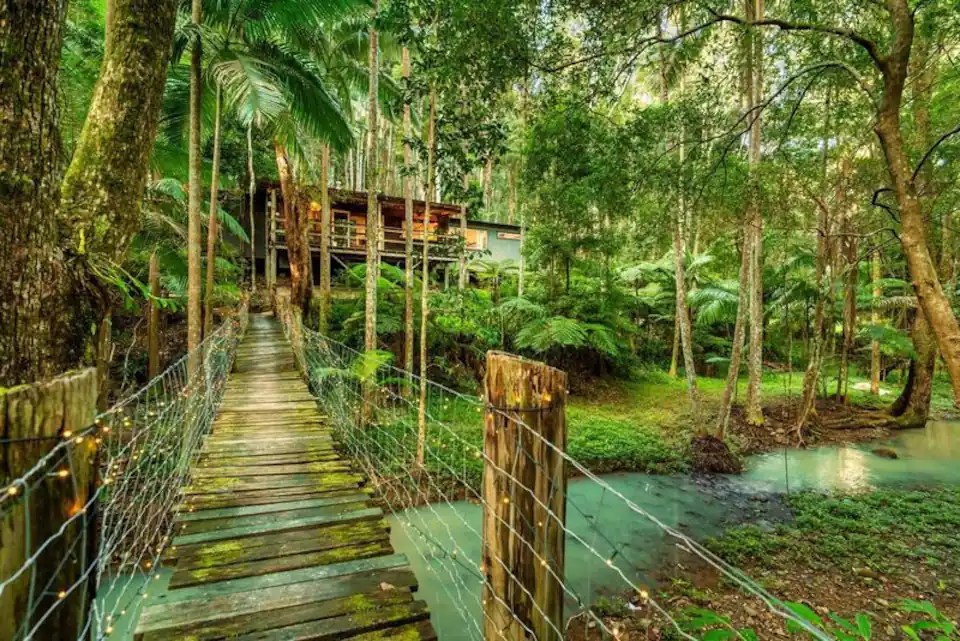
Main Arm, New South Wales
This stay isn’t a traditional treehouse by any stretch of the imagination. Still, the rental has been integrated so seamlessly into the surrounding tropical jungle that it hits a similarly immersive note.
The sprawling outdoor patio offers great views of a large creek. In summer, fireflies light up the banks—and even glowworms if the conditions are right.
I’m also a big fan of the bathroom, which includes enough windows to make you feel like you’re scrubbing yourself clean directly in the jungle. It’s giving Tarzan vibes.
Treehouse in Koolewong
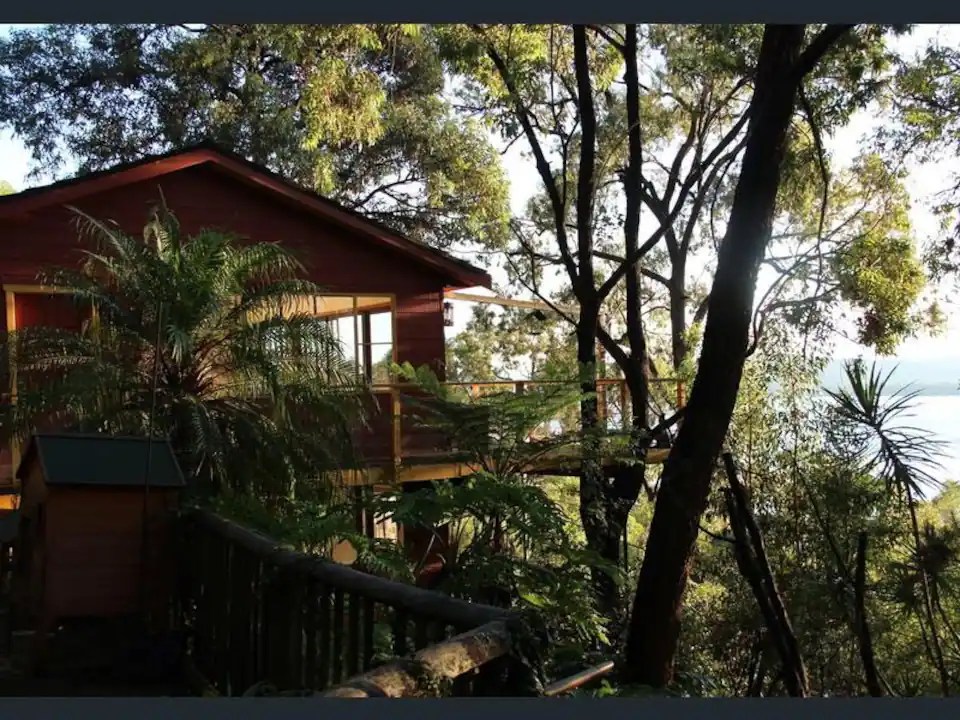
Koolewong, New South Wales
This might be the first (and only) pure treehouse on this list. From high in the sky, guests have unspoiled views over the Brisbane waters—no houses or signs of civilization in sight.
Best of all, the treehouse was designed with those views in mind, which are showcased through large windows.
But the treehouse also maximizes its outdoor space, too. Along with a large deck overlooking the magical view, guests also have a sitting area that’s located down in the grass. Though not as jungly as others on this list, visits from tropical birds aren’t uncommon.
Currumbin Rainforest Treehouse
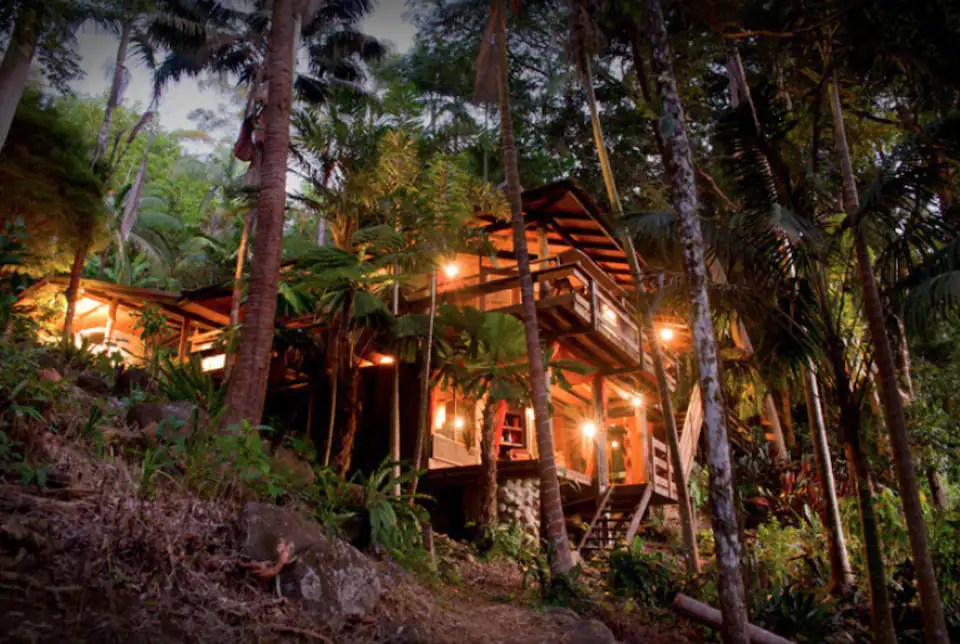
Currumbin Valley, Queensland
If you’re looking for rustic and natural treehouses, look no further. This entire rental feels like a Hollywood take on romantic jungle adventures—and I mean that in the best way possible.
Stonework, ceramic baths on unfenced porches, and plenty of woodwork throughout create an effortlessly opulent and natural atmosphere. In lieu of traditional treehouse features, the home has been integrated with the plot’s boulders and stones.
Even the stained glass features are perfectly accented to fit the ripe green jungle outside. It’s also worth mentioning that the Currumbin Valley is a growing hotspot for travelers – don’t miss out on this one if you’re heading to Australia anytime soon.


